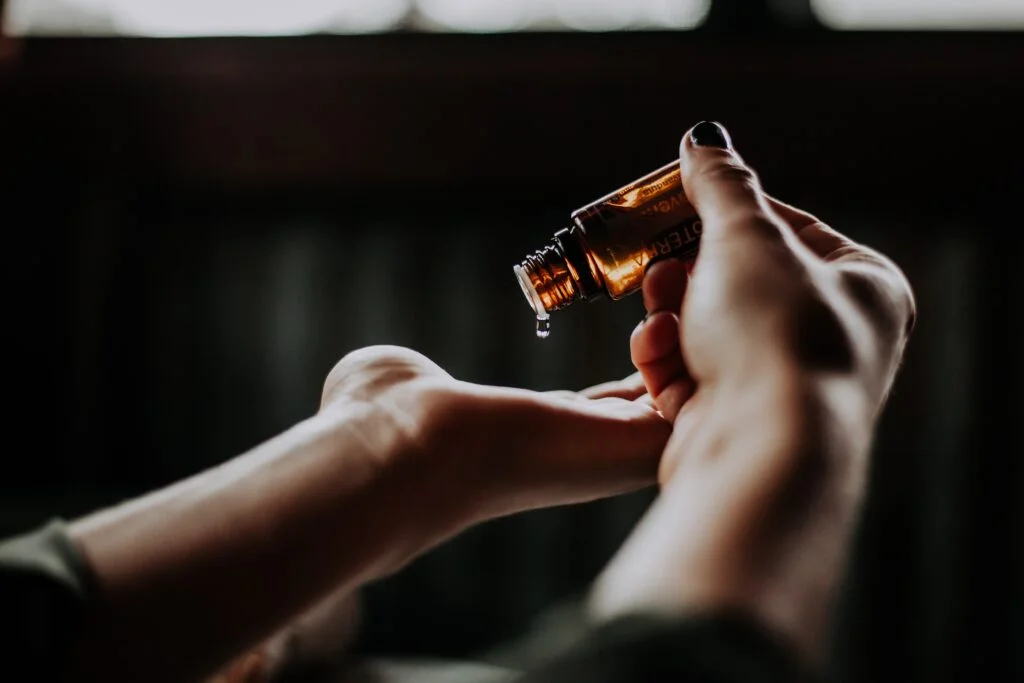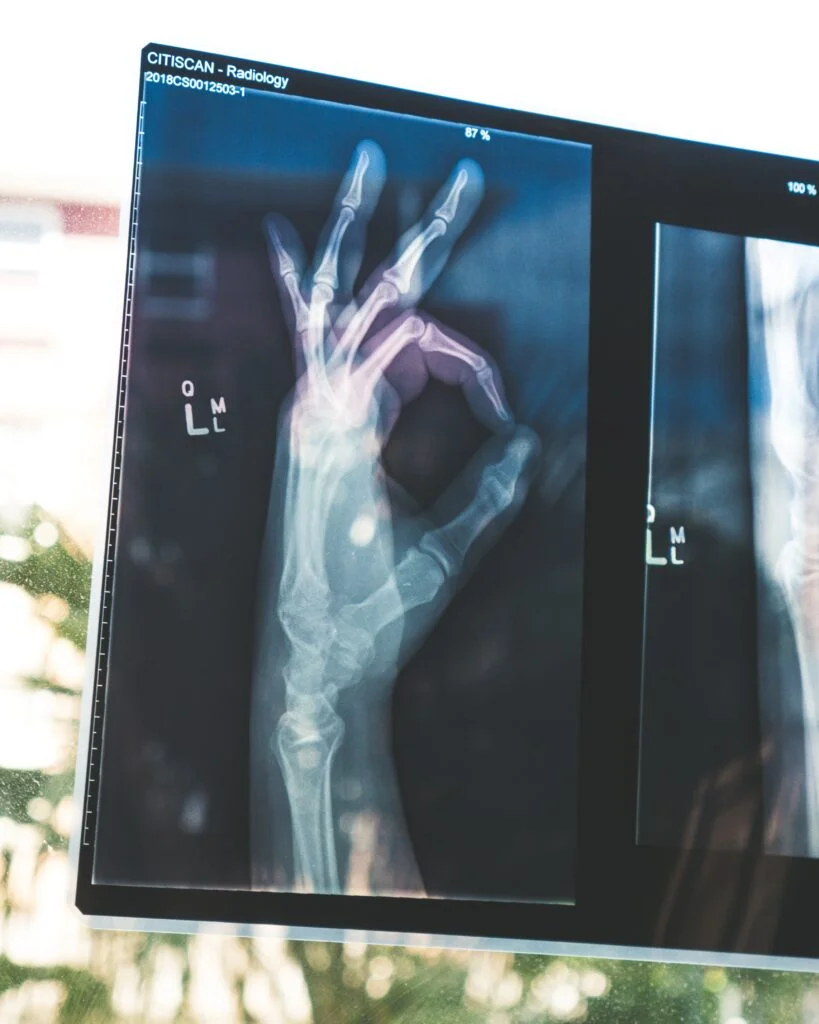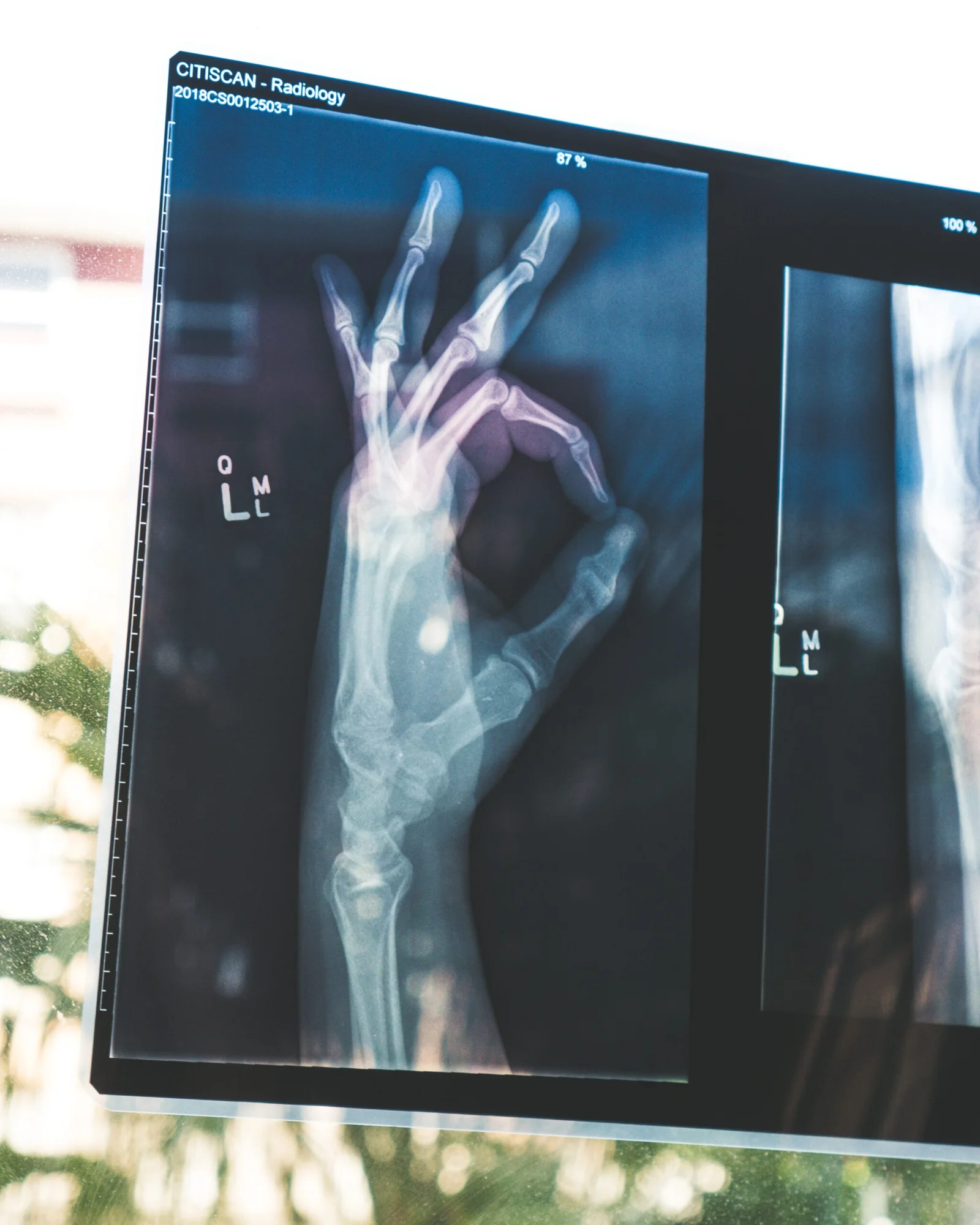Anxiety, the elusive emotion that plagues many of us, often becomes difficult to express in words. It’s an abstract force that can be overwhelming, yet intangible. So, what color does anxiety take on? Is it a swirling cloud of dark gray, or maybe a vivid shade of red that engulfs our thoughts? In this article, we explore the fascinating concept of associating colors with anxiety, delving into the complexities and perceptions of this universal feeling. Let’s embark on this colorful journey together to uncover the hues that anxiety may wear.
What Color Is Anxiety?
Table of Contents
Understanding Anxiety
Anxiety is a complex and multifaceted emotional experience that can affect individuals in various ways. It is important to have a comprehensive understanding of what anxiety entails in order to better address its impact on our lives. So, what exactly is anxiety?
Definition of anxiety
Anxiety is a normal human emotion that is often characterized by feelings of apprehension, worry, and fear. While it is a natural response to stressors and can sometimes be helpful in certain situations, anxiety can become debilitating when it becomes chronic or intense. It can manifest as persistent and excessive worrying, restlessness, irritability, difficulty concentrating, fatigue, and even physical symptoms such as muscle tension and insomnia.
Prevalence of anxiety disorders
Anxiety disorders are among the most common mental health conditions worldwide. According to the World Health Organization (WHO), an estimated 275 million people suffer from anxiety disorders globally. These disorders can significantly impact an individual’s quality of life, interfering with daily activities, relationships, and overall well-being. It is crucial to acknowledge the prevalence of anxiety disorders and work towards a better understanding of their causes and potential solutions.
Causes of anxiety
There is no single cause of anxiety, as it is influenced by a variety of factors, including genetic, environmental, and psychological components. Some individuals may have a higher predisposition to anxiety due to their genetic makeup, while others may develop it in response to certain life events or traumatic experiences. Additionally, high levels of stress, hormonal imbalances, substance abuse, and certain medical conditions can contribute to the development or exacerbation of anxiety. It is important to recognize that anxiety is a complex interplay of various factors that differ from person to person.
Symptoms of anxiety
Anxiety can manifest through a range of physical, cognitive, and emotional symptoms. Physical symptoms may include increased heart rate, rapid breathing, trembling, sweating, dizziness, and gastrointestinal distress. On a cognitive level, individuals with anxiety may experience persistent worrying, racing thoughts, difficulty concentrating, and decreased decision-making abilities. Emotionally, anxiety can lead to feelings of fear, irritability, restlessness, and a sense of impending doom. Recognizing these symptoms is crucial in identifying and managing anxiety effectively.

Associating Colors with Emotions
Color psychology explores the connection between colors and human emotions, shedding light on how different colors can affect our mood and overall well-being. Our emotional response to colors is deeply ingrained and can have a profound impact on our thoughts, feelings, and behaviors. Understanding the psychological implications of colors can provide valuable insights into the complex interplay between color and emotions.
Color psychology
Color psychology examines how different hues can evoke specific emotional responses. Each color possesses unique psychological attributes that can influence our perception and experience. While individual responses to colors can vary, there are certain general associations that can be observed across cultures. The study of color psychology helps us understand how colors can elicit a range of emotions, from calmness and serenity to excitement and arousal.
Emotional response to colors
Colors have the ability to evoke a wide range of emotions within us. Warm colors like red, orange, and yellow often elicit feelings of energy, excitement, and passion. On the other hand, cool colors such as blue, green, and purple tend to evoke a sense of calmness, tranquility, and introspection. Neutral colors like gray and black may evoke a sense of seriousness, elegance, or sadness. These emotional responses to colors are deeply ingrained within us and can exert a subtle but meaningful influence on our daily lives.
Color symbolism
Colors also carry symbolic meanings that can be culturally and personally significant. For instance, red is often associated with love, passion, and anger, while white symbolizes purity and innocence. Symbolism of colors can vary across cultures and individual experiences, highlighting the subjective nature of color perception. Understanding the symbolism of colors can offer insights into the complex ways in which colors shape our emotions and experiences.
Color preference and personality
Individuals often have unique color preferences that can reveal aspects of their personality. For example, those who are drawn to vibrant and warm colors may be more extroverted and energetic, while individuals who favor cooler and softer hues may be more introverted and reflective. These preferences can provide glimpses into our underlying personality traits and psychological makeup.

Commonly Associated Colors with Anxiety
The association of colors with emotional states is particularly relevant when considering anxiety. Various colors have been observed to be commonly associated with feelings of anxiety, reflecting the nuanced and intricate nature of this emotional experience.
Shades of blue
Blue is often regarded as a color associated with calmness and tranquility. However, when it comes to anxiety, shades of blue can embody conflicting emotions. Lighter shades of blue, such as baby blue or sky blue, may evoke a sense of peace and serenity, offering a visually soothing experience. On the other hand, darker shades of blue, like navy or cobalt, can represent depression and sadness, which are often intertwined with anxiety. The range of blue hues reflects the complexity of anxiety, capturing its oscillation between moments of calm and periods of deep distress.
Gray and black
Gray and black, although technically not colors but rather shades, have their own emotional implications. These neutral shades can evoke a sense of fear, uncertainty, and even sorrow. In the context of anxiety, gray and black can represent feelings of loneliness and isolation, mirroring the way that anxiety can make an individual feel trapped and cut off from others. Symbolizing negative emotions, these shades further exemplify the challenging nature of anxiety and its impact on our emotional well-being.
Yellow
Yellow is often associated with brightness, happiness, and optimism, earning its reputation as the color of sunshine. However, when it comes to anxiety, yellow can have mixed emotions associated with it. On one hand, the brightness and intensity of yellow can stimulate feelings of energy and excitement, which can exacerbate anxiety in individuals prone to hyperarousal. On the other hand, yellow can also elicit warm and cheerful emotions, representing moments of joy and contentment. The energetic impact of yellow on anxiety highlights its complex and multifaceted nature.
Red
Red is a color that tends to ignite strong emotions and is commonly associated with aggression and danger. In the context of anxiety, red can symbolize the heightened physical and emotional arousal that individuals experience when faced with anxiety-provoking situations. This color has been observed to increase heart rate and blood pressure, intensifying stress levels and contributing to the overall feeling of anxiety. The association of red with anxiety further demonstrates the potent emotional impact that colors can have on our well-being.
Green
Green is often associated with nature, symbolizing growth, harmony, and relaxation. For individuals experiencing anxiety, green can offer a soothing and calming effect. Surrounding oneself with greenery or immersing in natural environments can reduce stress and promote a sense of peace. The health benefits associated with exposure to green spaces, such as reduced heart rate and improved cognitive function, further highlight the restorative potential of this color. Green exemplifies nature’s ability to create a sense of safety and tranquility, making it a color that can provide respite from anxiety.
Purple
Purple is a color closely linked to spirituality and introspection. It is often associated with qualities such as creativity, wisdom, and mystery. In the realm of anxiety, purple’s implications are complex. On one hand, the spiritual undertones of purple can encourage introspection and self-reflection, which can be beneficial for individuals seeking to address the underlying causes of their anxiety. On the other hand, the enigmatic nature of purple can mirror the intricate and elusive nature of anxiety itself. Purple offers the potential for balancing emotions and finding inner peace amidst anxiety’s tumultuous waves.

Conclusion
When exploring the association of colors with anxiety, it is essential to recognize that there is no definitive color for anxiety. Instead, we must consider the subjective nature of color perception and the importance of individual experiences. The complexity of anxiety is reflected in the variety of colors that can be associated with this emotional state, each capturing different facets of the anxiety experience.
By understanding the psychological implications of colors and embracing the subjectivity of color perception, we can gain a deeper insight into the intricate interplay between colors and emotions.


